How good is the Hungarian metro system? – A regional comparison

The underground system of the Hungarian capital has a relatively long history, as the Millenium Underground was built in 1896 and was the first underground line in the European mainland. But how do the current Hungarian underground system and general public transportation system fare against the cities of the surrounding Central and Eastern European countries?
The underground system of the Hungarian capital is currently not in a bad place; metro line four (M4) is still relatively new and modern, line two (M2) has been renewed, and the modernisation of metro line three (M3) is currently underway. The Millenium Underground, although not in a particularly bad shape, is ready for a renovation, and according to some plans, it will also be elongated, says Növekedés.
There have also been talks of a fifth metro line (M5) and a major rework of the commuter railway lines in Budapest, with some of them being relocated underground and connected to the others. These and many other developments are part of the large-scale city development project: Budapestvasut2040. If the new underground line is built, the Hungarian capital might get a much better ranking than it currently has and would immediately soar to the top. Now let us see how it currently fares.
Cities without any underground
Quite many surrounding capitals do not even have an underground system, such as Slovenia and Croatia, but neither Ljubljana nor Zagreb is large enough to have one necessarily, Növekedés reported. In the Slovak capital, Pozsony, there were attempts to create two underground lines, and the construction of one of them even began, but they were never finished. While there are currently no undergrounds in Serbia either, the construction of a system in Belgrade has been the focus of political programmes in recent times.
Budapest’s new metro line 5 could cost over €1 billion!
Renovated Hungarian metro cars are the real Russian roulette
Cities with underground
Warsaw
In the region, the last place goes to Warsaw, as it has only two underground lines to a city that is very similar in population to Budapest. The system is relatively new as the first underground was built in 1995, and the two lines are 32.4 kilometres in total lengths. It is also the only city in Poland with an underground.
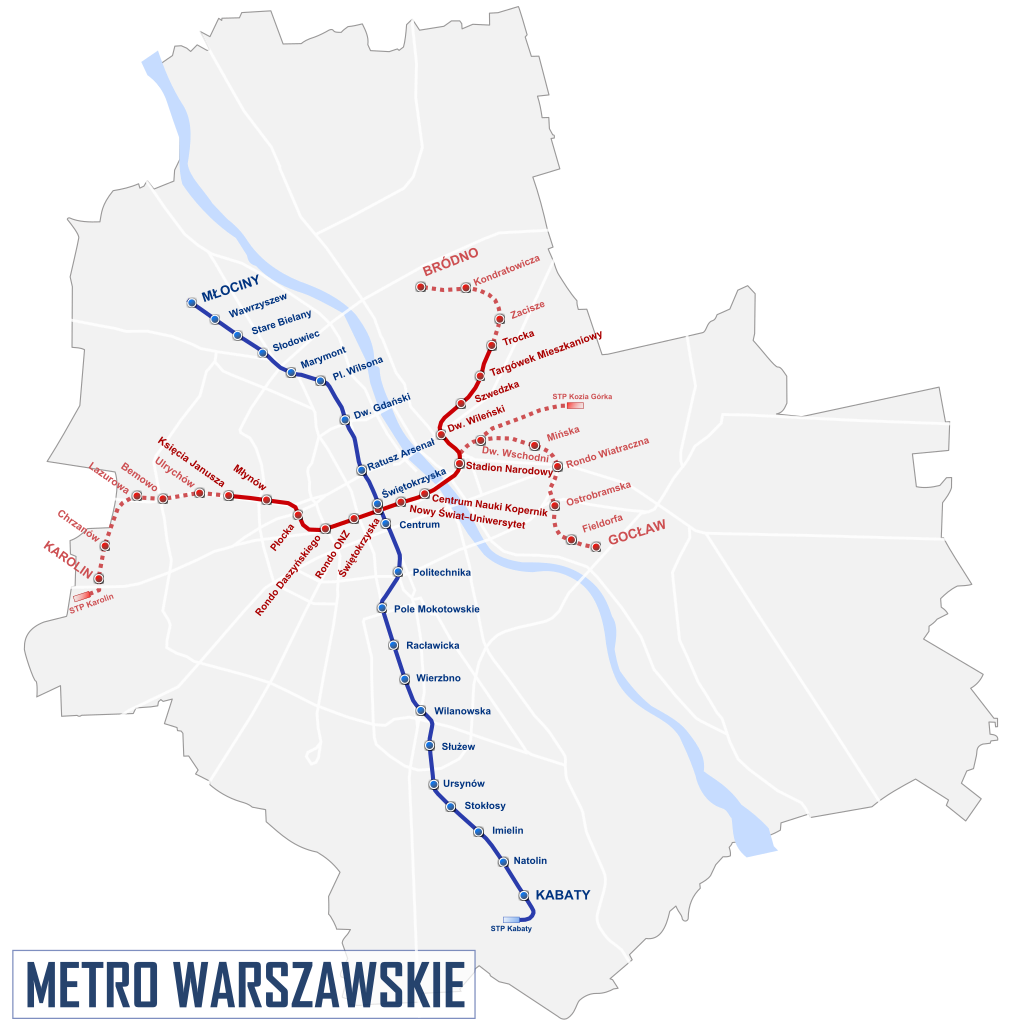
Budapest
Hungary is unfortunately the second from the back. Although Budapest currently has four metro lines as part of its underground railway system, which would place it before the next contestant, but unfortunately, the total length of those lines is only 39 kilometres. If metro line five (M5) will be built, however, that would place the Hungarian capital much further up the list as Növekedés reported.

Prague
The third place goes to the Czech Republic’s capital, Prague. Although interestingly, it only has three metro lines, and they are labelled by letters rather than numbers – which is unique in the region – their total length is over 65 kilometres. That is quite a lot longer than the lines in the Hungarian capital. Additionally, both the metro cars and the lines themselves are pretty modern and in a good shape.
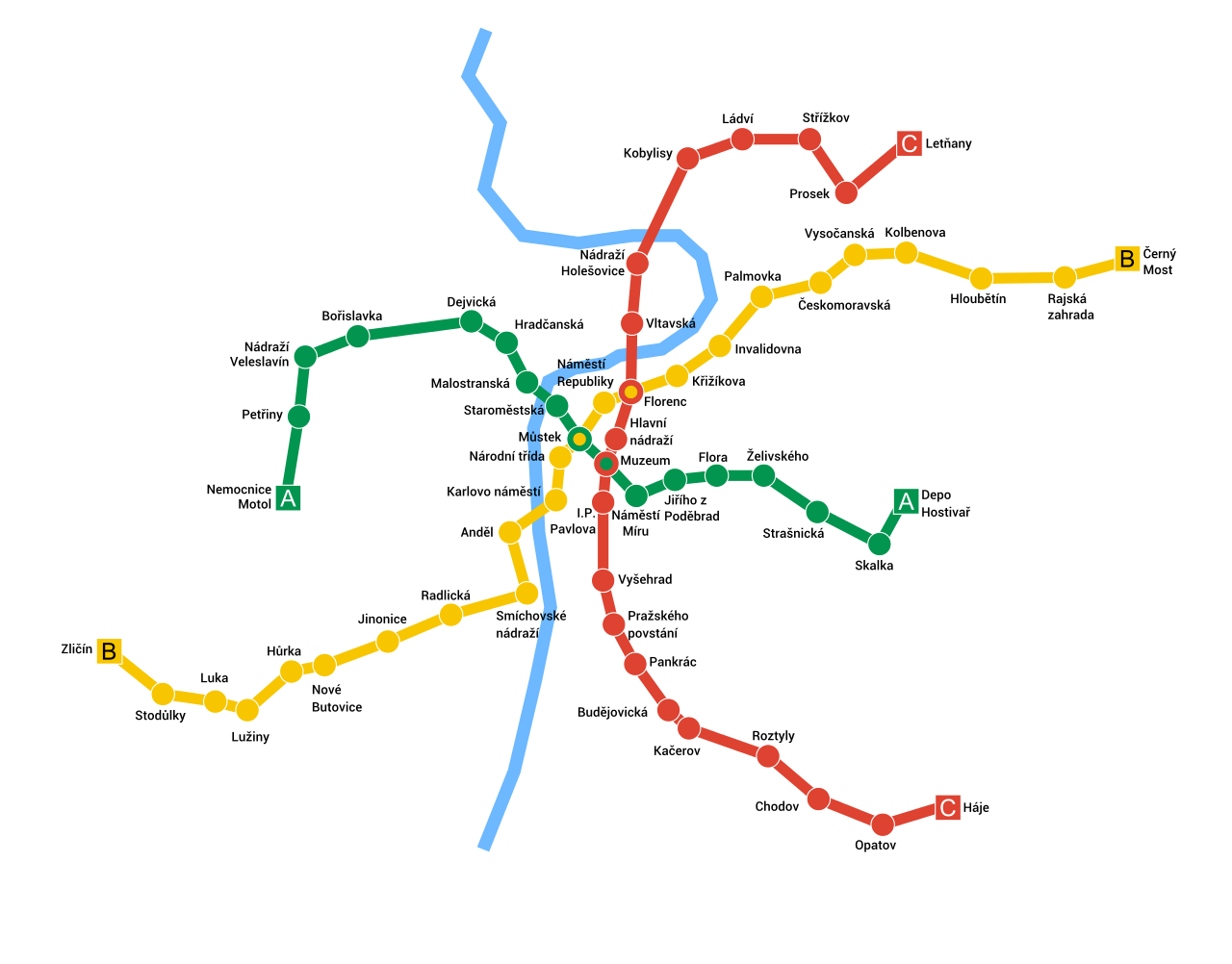
Bucharest
The second place goes to Bucharest, the capital of Romania. It has five metro lines, and the first underground railway car launched back in 1979. With an average of 1.5 kilometres of distance between stations – a total of 63 – and a total length of 77 kilometres, Bucharest passes Prague with quite a bit. According to Növekedés, in respect of the modernness and cleanliness of the system, it might be a bit beyond Hungary currently. It has many stations with old designs, and many of the cars are in bad shape or have been vandalised.
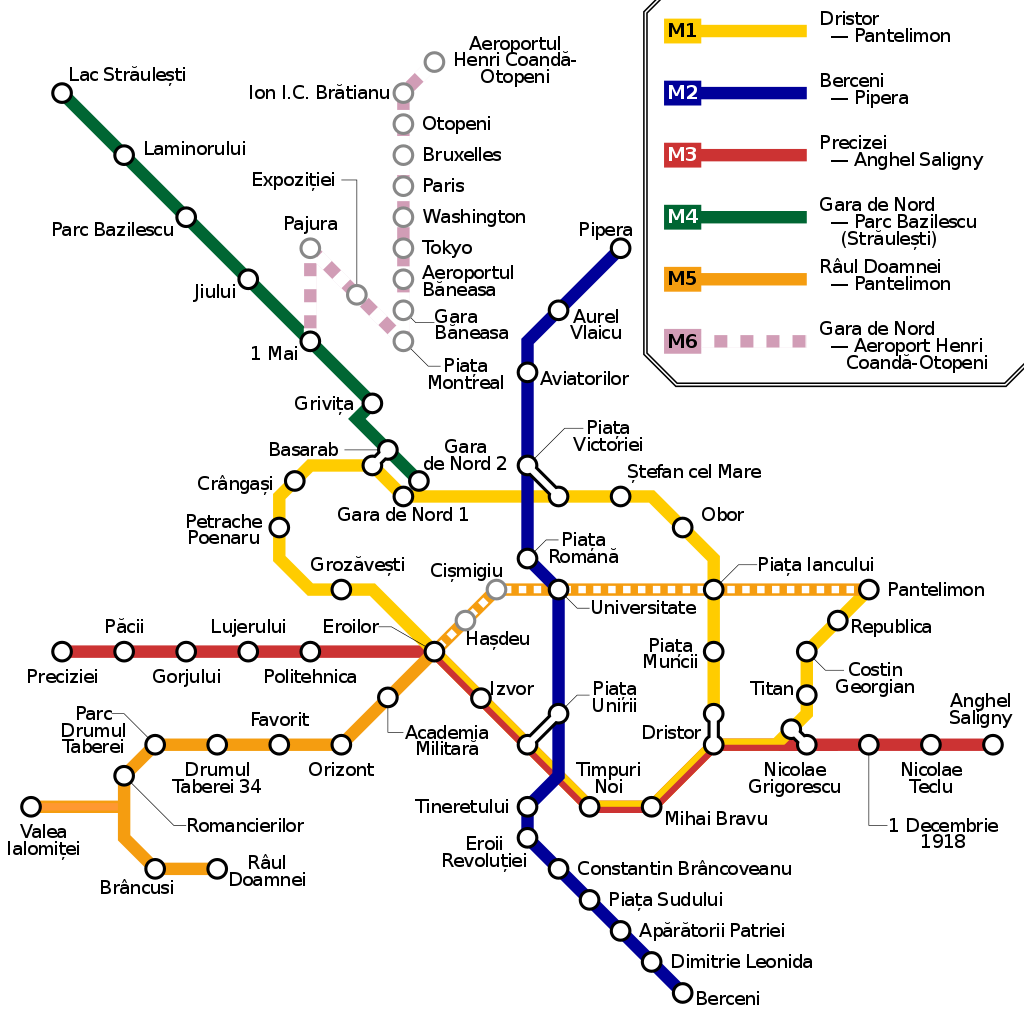
Vienna
It might not surprise you that the winner in the region is Vienna, the capital of Austria. The system, called U-Bahn in German, is one of the most modern and the cars are in good shape. The first underground was operating in 1976, but the city had a predecessor to that with underground trams, which have been running earlier in the 20th century. Additionally, to that, Vienna also has an S-Bahn system, which is similar to the commuter railway lines of Budapest but far more superior.
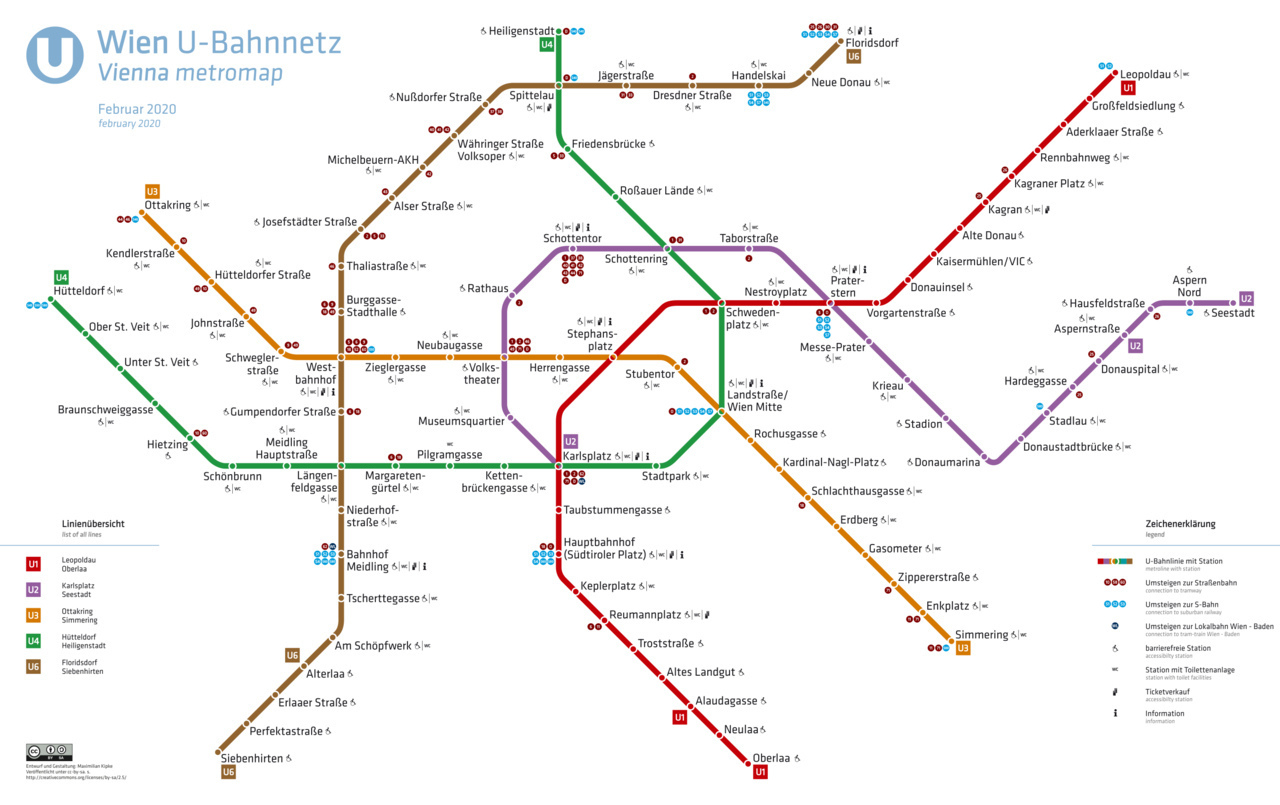
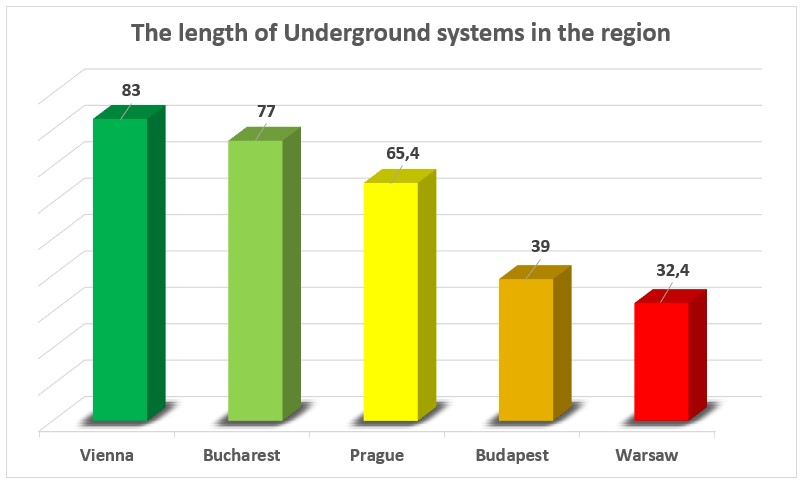
But what about the prices?
According to Növekedés, the ticket prices of BKK (Centre for Budapest Transport) are on average compared to the region’s prices. You can see them in the following chart:
Source: Novekedes.hu






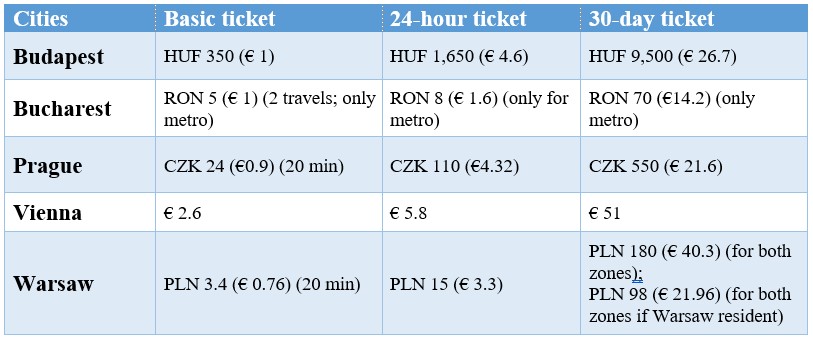
Having lived the majority of my life in a much less densely populated City, the Budapest Metro System – passes superbly – all my needs to travel around Budapest.
The less densely City – that I refer, still does not have a metro system but it is under construction – one line only – and is expected to be in operation 2024.
City – that I use as an example ;
Population : 5.3 million.
516 people in a square kilometre.
Compare that just on population of my District V – that we live in Budapest.
We are “spoilt” personally, living in Budapest with the (4) four Metro lines Services and the (5) fifth to come – will be Magnificent for ALL.
Melbourne, Australia – a nightmare in public transportation – to what we joyously live and use daily in Budapest.
I think the Budapest Metro is great. There’s more space, it runs often and it connects well with the trams, compared with London and Paris I usually use Kalvin tér whih has great connections.
To Gary J. A. Booth-Hansen,
I am thrilled, at last you can say something good about this magnificent city/country.
All most all American cities have nothing that even compares to any of these systems. Line 4 being
Top notch- great design and very efficient.
Not sure who is responsible for the underground areas that lead to metro 3 and metro 2 Are poorly maintained – most were well designed except for signage- clThe stone used for floors and walls are great, considering when they were built.
The best station on SF bay area Bart was built about the same time and has not aged well, but the cars are much wider- more like train. The DC metro was cutting edge when it was built in the late 60s. Like metro 4 it still has a wow factor with its huge vaulted station.
Ted, are you familiar with the DC metro system. All of them are like that and there are many more than on L4. Maybe it’s just because I’ve lived in Philadelphia, Chicago, San Francisco, and DC, and ride the NYC subway all the time to JFK and NJ transit to Newark… maybe with that select experience I support what you say but not with the same enthusiasm. (I’ve ridden with Boston too. What is it, The T?) Connecting to the with rail airport is something all those cities do, and something that would be meaningful if they could focus new development around the train stations in bwtween.
Of you’re going to go as far as Bucharest, I think it would be fair to include neighbouring Ukraine and Kyiv. Lovely Soviet stations, more “mileage” than Prague (bigger city), and very affordable.